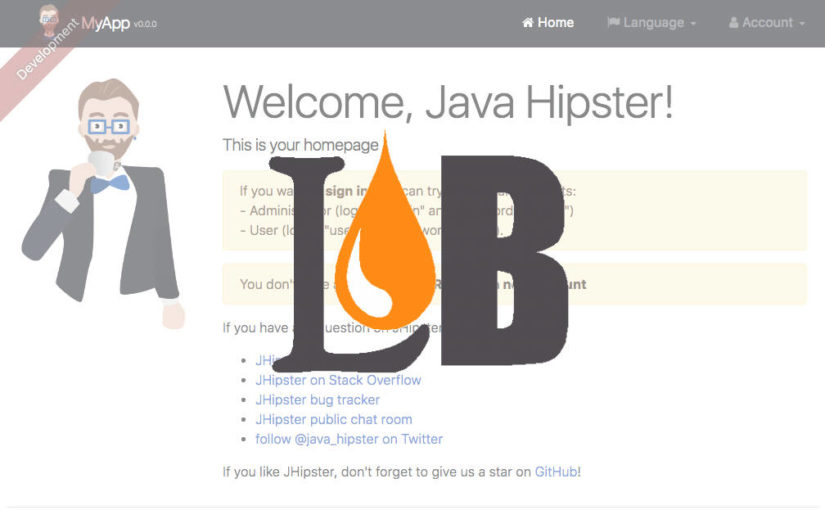JHipster is a great tool to quickly build your application or just the prototype. And when you’re building your MVP you most of the time need to move fast.
Liquibase is a tool that comes by default with JHipster and it’s for database version control. It tracks the changes in the database schema but sometimes it can also be painful.
If you’re here, you’re probably looking for a way to disable it temporarily or once for good.
In this text, I’m going to show you how you can achieve it.
The solution
Luckily there’s a Spring build profile called no-liquibase already in place so you can use it in your project building tool.
It depends on which tool do you use – Gradle or Maven.
Gradle project
In order to disable Liquibase in the Gradle-based project, you need to edit the application.yml file if you’d like to perform your change globally (for all environments).
Otherwise, you should edit application-dev.yml or application-prod.yml if you’d like to do it for dev or prod environments only.
Find the profiles in your config and add the include: no-liquibase entry there. Pay attention to the indentation.
Maven project
In order to disable Liquibase in Maven-based project, you need to edit pom.xml file and add the new profile in the profiles node.
If you’re using IntelliJ IDEA you can do it conveniently using Maven menu and Profiles group as well.
Conclusion
I hope this text was helpful for you and you managed to disable Liquibase in your JHipster project successfully.
Good luck
